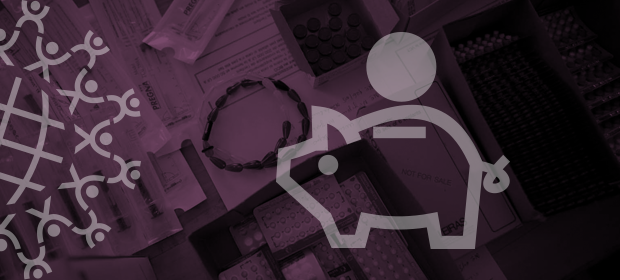Where We Work
See our interactive map


It's time to face the financing issue.
Four years ago, ahead of the world’s last major forum to touch on the health workforce, advocates gathered at the United Nations General Assembly (UNGA) to plead for a global consensus on how to ensure the world has the health workforce it needs to achieve a compact now known as the Sustainable Development Goals (SDGs).
Thanks in part to those advocates, many of whom returned to New York last week for UNGA, that consensus is now firmly enshrined in the form of SDG targets 3.C and 3.8, the first-ever Global Strategy on Human Resources for Health: Workforce 2030, and the Five-Year Action Plan of the UN Commission on Health Employment and Economic Growth (HEEG Commission).
All of these compacts were approved without objection by UN and World Health Organization member states in the last two years.
$41-$57 must be spent per person, per year on health by 2030 to achieve SDG 3.
The consensus—beautifully captured in this video—stirred the emotions of young Iraqi surgeon Dr. Saja Al-Falahi, who told her own captivating story to kick off a UNGA side event on how to finance the frontline health workforce in low- and middle-income countries. The event was sponsored by the Frontline Health Workers Coalition and our members Touch Foundation, ALIMA, FHI 360, IntraHealth International, Jhpiego, Johnson & Johnson, Medtronic Foundation, and Seed Global Health, along with the Global Health Workforce Network.
The early consensus that emerged: several funding streams need to work in tandem and build off each other, backed by a continually refreshed data set on health workforce availability and accessibility.
WHO Health Workforce Director Jim Campbell laid out the evidence.
A 2017 analysis published in The Lancet estimated that $41-$57 must be spent per person, per year on health by 2030 to achieve SDG 3 in 67 low- and middle-income countries. This investment—as the HEEG Commission found—could provide a 9:1 return on investment, catalyzing global economic growth. The dividend for this investment would be felt especially by women, who make up more than 70% of the global health and social service workforce, compared with less than 40% across all employment sectors.
The potential power of investing in health workers for women was underscored when Hon. Dr. Jean Kalilani, Minister of Gender, Children, Disability, and Social Welfare in Malawi, outlined Malawi’s first National Community Health Strategy, which aims to channel its investment in the health workforce to the front lines in rural and underserved communities where access to health services is hardest to come by.
USAID’s efforts across global health programming are exploring innovative ways to spur greater and more strategic investment in the frontline health workforce. USAID Acting Assistant Administrator for Global Health Irene Koek outlined the agency’s strategy at last week’s event. Frontline Health Workers Coalition members shared several of their own innovations—many of which are supported by the US government—to bolster domestic, private, and philanthropic sources of health workforce funding.
The framework provides a concrete path forward.
As health workforce advocates, practitioners, policymakers, and thought leaders head to the Fourth Global Forum on Human Resources for Health in Dublin, Ireland, November 13-17, the framework of health workforce plans by all nations, backed by the data they need for better decision making, provides a concrete path forward to ensure healthy and more prosperous communities around the world.
However, as it became patently clear in New York last week, we need to continue to push hard across all sectors and in all countries to procure the upfront investment, and to get it where it’s needed most.
This post originally appeared on the Frontline Health Workers Coalition blog.
Get the latest updates from the blog and eNews




